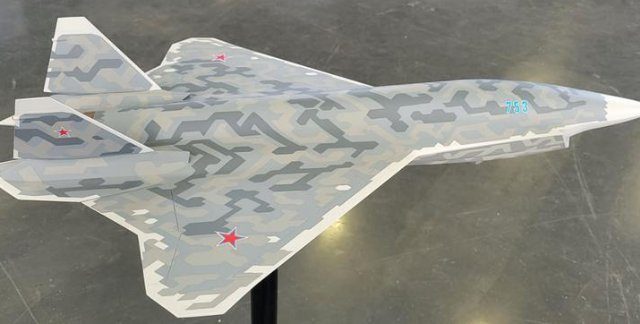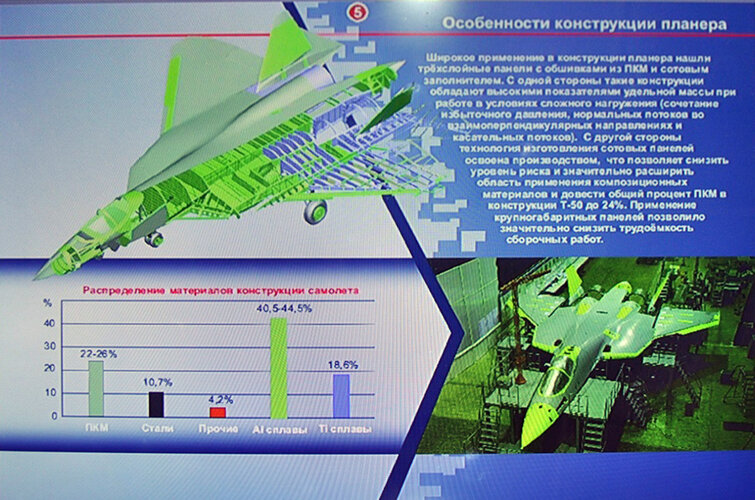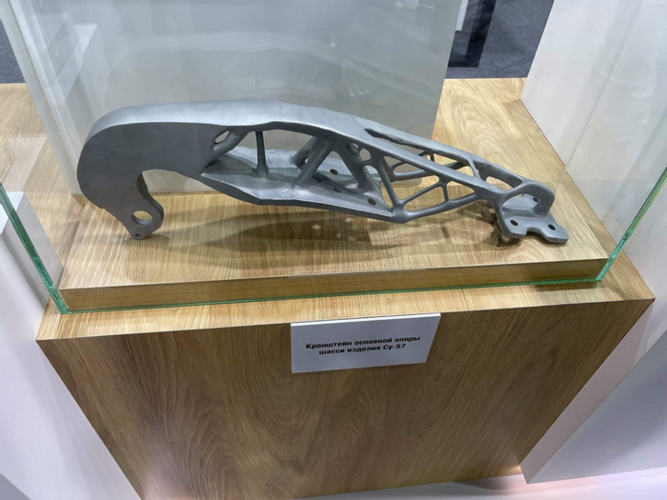paralay
ACCESS: Top Secret
No. I have difficulties with modeling external surfaces
What CAD program are you using?No. I have difficulties with modeling external surfaces

Yes, this gets filed under "well, duh.""One must consider that unmanned variants of fighter jets might deviate from their manned versions. As an illustration, the Su-75 Checkmate exhibits alterations to its wings and tail, possibly attributed to optimizations for automated operation."
What a deep analysis
Considering that new patents clearly show altered flaps and tail featured on manned and manned variants both, it's not even a "well, duh".Yes, this gets filed under "well, duh."
But if you're not going to include the canopy shape, the aerodynamics change a bit...

Unmanned Su-75 Checkmate with a new tail and wings design was shown
During Army-2023 forum, held at the Kubinka airfield, Russia unveiled for the first time a scale model of its Su-75 Checkmate fighter in an unmanned variation.bulgarianmilitary.com
why have you decide so?So the altered flaps are only for the unnamed version?
So is it for both? Someone commented that the different layout was for the drone version, but the patent shows the new layout added to the manned version so I was confused. Is that new design a compromise from having to use the su-57 wing or is it good enough?why have you decide so?
there are patents for both manned and unmanned updated design versions on several previos pages.So is it for both? Someone commented that the different layout was for the drone version, but the patent shows the new layout added to the manned version so I was confused. Is that new design a compromise from having to use the su-57 wing or is it good enough?
Please do, I'll attempt to open it in solidworks.
Let's try IGES format.
How did you obtain the bulkhead cross sections from the available imagery?No, I'm just learning
Follow the rivet lines.How did you obtain the bulkhead cross sections from the available imagery?
If you mean the construction of the frames, that is, the image of the main frame, the rest are restored by analogy and by the internal structureHow did you obtain the bulkhead cross sections from the available imagery?
Not to my knowledge, they may be similar to those of the Flatfish since it is the more technologically advanced project which paved the way to this one. Aviation generally employs duralumin alloys and lately composites. Titanium's metallurgy and welding are challenging, though Russia is the world leader and authority. A designer seeks to minimize Ti use if possible not increase it. It is confined to special parts such as landing gear struts, critical bulkheads, wing pivots and turbine blades. Both the SR-71 and T-4 Sotka (and some soviet subs) are all titanium due to the extreme performance, however this made them prohibitively expensive. The genius behind the Mig-25 lays in its ability to achieve superior performance without having extensive recourse to Titanium and hence was built in the hundreds.Have they ever announced what the percentages are of all the structural components? The thrust to weight issue is pretty vital and it seems there are implications that it will use a greater amount of titanium and composites? I recall that on the felon it utilizes a smaller amount of titanium than some other fifth gen aircraft.


Not exactly percentages, but it gives you an idea of what the structure will be made of:Have they ever announced what the percentages are of all the structural components? The thrust to weight issue is pretty vital and it seems there are implications that it will use a greater amount of titanium and composites? I recall that on the felon it utilizes a smaller amount of titanium than some other fifth gen aircraft.
- At the same time, the power frames of the internal power kit are made of titanium alloys, and the remaining parts of the internal power kit are made of aluminum alloys. The skin of the head part of the fuselage and the middle part of the fuselage are made of aluminum alloys, and the outer skin of the tail part of the fuselage are made of polymer composite materials in the form of carbon fiber honeycomb panels.
I don't see any obvious changes from the previous one we have seen. Might even be one of the same models that have been shown at prior trade shows.So, the newest variant.
The picture probably refers to the Australian aviation industry.My prediction:

Waiting for what?The picture probably refers to the Australian aviation industry.
This is upgraded design model.I don't see any obvious changes from the previous one we have seen. Might even be one of the same models that have been shown at prior trade shows.
NoI wonder if we will eventually see a full-scale mock-up of the revised T-75 like the one originally shown when the T-75 was announced?
Upgraded over the already revised design that has been around since last year? Do you know of any notable changes?This is upgraded design model.
No
Upgraded over the already revised design that has been around since last year? Do you know of any notable changes?
Yes, I suppose building another mock-up wouldn't actually help anything.
